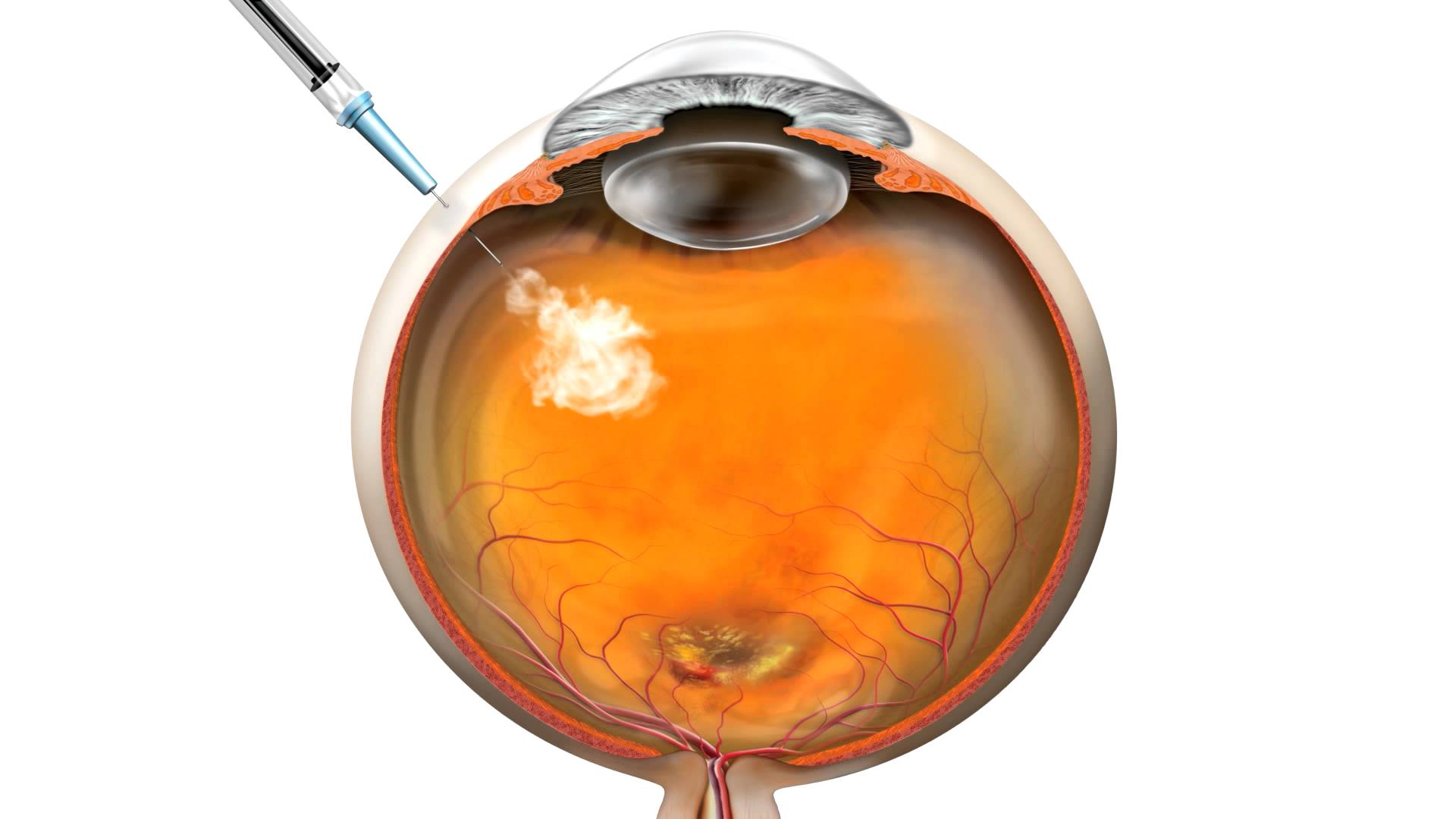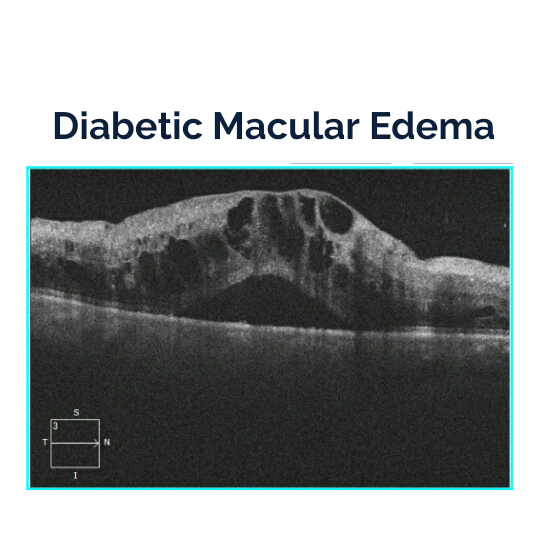Patient has to understand, the treatment of Diabetic Retinopathy is not a one-time process. As diabetes is a lifetime disease, its complications like diabetic retinopathy also require life long monitoring. Repeated injections, timely follow-up, strict control of BP, cholesterol along with sugar is very important. Through counseling and guidance we ensure the patient is free of all anxiety.
In mild and early stages of disease when the vision is not affected but the disease process has started, strict control of blood sugar levels and lifestyle changes are sufficient to reverse the disease. Although, if left unattended, the disease will progress to above conditions and active intervention becomes mandatory.
Treatment of DR requires multidisciplinary approach either in the form injection inside the eye cavity, retinal laser photocoagulation or Retinal Surgery in complicated problems. Earlier the intervention, better the outcome.


The treatment of Diabetic Macular Edema is mainly in the form of intravitreal anti-VECF injections whose effect lasts for a months time. Like an oral tablet effect lasts only for a day in our body , there is limitation of duration for which the effect of injection lasts in the eye. Therefore this injection may need to be repeated after a months time depending upon severity of disease. Also Focal Macular Laser can be done to reduce the frequency of injections.
Intravitreal injection is a shot of medicine inside the eye cavity using a very very thin needle (as thin as hair strand) making it absolutely painless. The procedure including cleaning and sterilizing the eye takes just 5 minutes.
1 Anti Vascular Endothelial Growth Factor (anti-VEGF) group of injection is the most common type
which includes -
A - Ranibizumab (Accentrix / Razumab)
B - Bevacizumab (Avastin)
In case of chronic cystic edema of macula (central retina) or in case the response to anti VEGF injection is inadequate/ unsatisfactory, a steroid injection is preferred. Corticosteroids, such as triamcinolone acetonide, (IVTA) Or intravitreal steroid implants (ozurdex) are often used as intravitreal injections for the treatment of DME. The corticosteroids suppress inflammation and reduce leakage of fluid from blood vessels. The effect of steroid injection lasts for approximately 3 months.


In case the patient fails to review in time after the injection the benefit of 1st injection is lost and rebound edema can return hence timely follow up is important.

Retinal green laser is done for DME and proliferative Diabetic Retinopathy. Pan retinal photocoagulation laser is done when there is proliferation of fragile unwanted new vessels on retina due to lack of blood supply. Timely application of laser is very important to prevent complications like bleeding inside the eye (vitreous hemorrhage) and tractional retinal detachment laser procedure is a simple OPD procedure and patient can resume work very next day.
In complicated retinal detachments because of Diabetic Retinopathy, a retinal surgery is necessary.